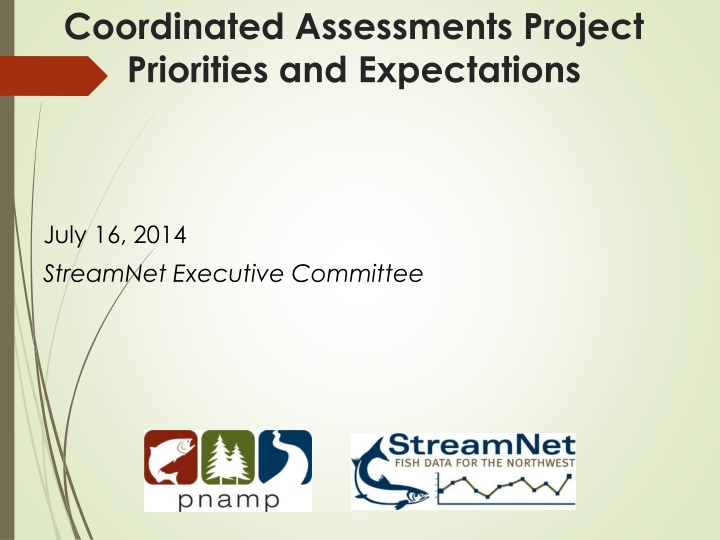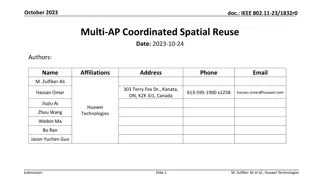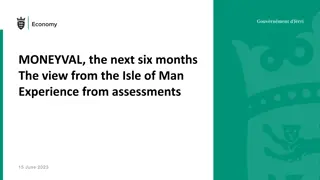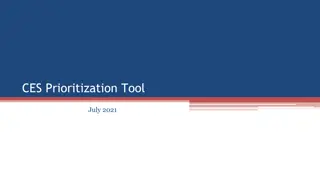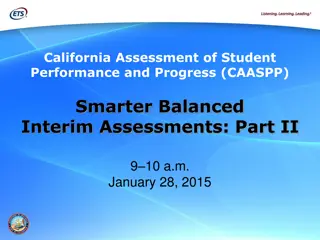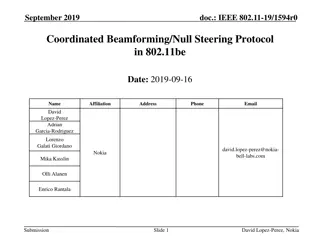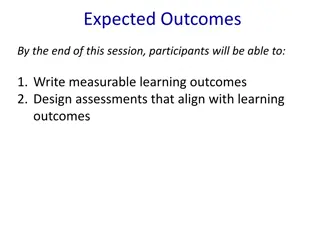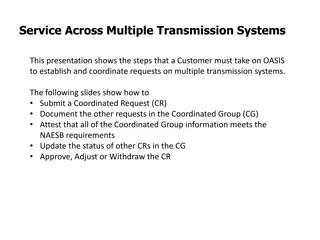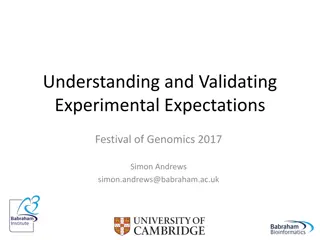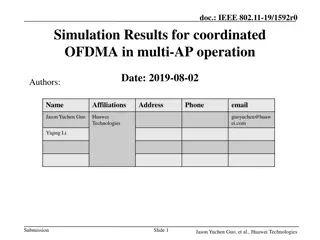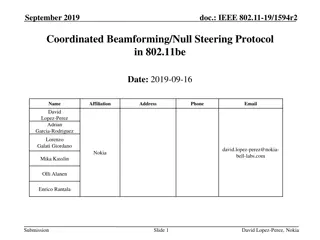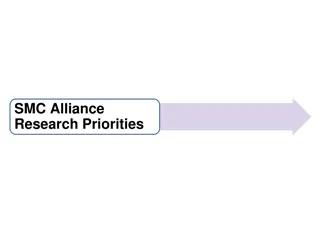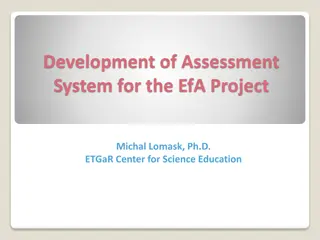Coordinated Assessments Project Priorities & Expectations
This project focuses on key indicators for evaluating population status and involves collaboration with NOAA Fisheries, states, tribes, and power administrations to enhance data exchange and inform population assessments.
Download Presentation

Please find below an Image/Link to download the presentation.
The content on the website is provided AS IS for your information and personal use only. It may not be sold, licensed, or shared on other websites without obtaining consent from the author.If you encounter any issues during the download, it is possible that the publisher has removed the file from their server.
You are allowed to download the files provided on this website for personal or commercial use, subject to the condition that they are used lawfully. All files are the property of their respective owners.
The content on the website is provided AS IS for your information and personal use only. It may not be sold, licensed, or shared on other websites without obtaining consent from the author.
E N D
Presentation Transcript
Coordinated Assessments Project Priorities and Expectations July 16, 2014 StreamNet Executive Committee
First step: VSP Indicators Natural Origin Spawner Abundance Smolt to Adult Ratio Adult to Adult Ratio Juvenile productivity ? Current: Hatchery Effectiveness Indicators Next: Juvenile Abundance, Habitat? Resident fish?
Why these indicators? Indicators chosen for this project are a primary source of information used by NOAA Fisheries for evaluating population level status assessments as well as state and tribal population assessments Key customers of these data include the participating States and Tribes, Bonneville Power Administration Northwest Power and Conservation Council, and NOAA Fisheries
CA Project Approach Build a data exchange network Stay small and focused Get buy-in from regional biologists and data technicians (bottom up) Provide incentives to agencies and tribes (staffing, assistance, coordination) Build off success (move in phases)
The Current Workplan Phase VI Workplan January 1, 2014 March 31, 2015 Develop CAX exchange network Develop additional indicators Support implementation of Data Sharing Strategies Initiate and manage data flows
Where were going Data exchange standards for NOS indicators Established process to manage & continue development of additional DES Data Sharing Agreement for CA Tribal needs assessment Initiated first data flows through StreamNet Integrate with agency databases in real time Inform population assessments; Are we on track? Identify other targets like NPCC HLI s?
Current State & Tribal Reports: What will be completed in 2014- 2015 WDFW 17 NOSA populations for 2010-2012 SAR for one population IDFG RperS and NOSA for spring and summer chinook SAR for chinook soon Colville Tribe NOSA for Okanogan steelhead (in now!) ODFW 19 NOSA populations and 16 RperS populations
Issues from States and Tribes Can t produce CA without the metrics used to derive them, and those metrics usually are the traditional data sets (hatchery returns, redd counts, harvest, etc.) Hard part is GETTING DATA IN in DES standard. Adding new indicators is a huge workload because biologists do not collect and report data in standard format. Need to build a system and then get them to put the data into it. Most time consuming part of this is getting data from the biologists who produce it. Hardest part is getting enough Research Scientist time to help create outputs in the necessary format (DES).
Ideas and Recommendations from the Steering Committee Work via the DES to allow biologists to collect the data however they want, and then automatically convert it for reporting purposes. OR Standardize data collection and reporting to reduce or eliminate the conversion step (have biologists report the indicators and metrics in DES format). Currently helping via additional assistance through StreamNet to field biologists in WDFW, IDFG, and ODFW. Add language in SOW to quantify CA targets in the CA work plan.
Objectives for the CA Project in FY 2015 ? Populate BPA Priority Populations as a demonstration? Alternatively, fully populate one or two key indicators for many populations? Other Indicators; Hatcheries, Resident fish, other? What are realistic expectations for agencies? Establish quantifiable objectives in work plan? Other ideas?
Priorities for CA Data NOAA Inform 5 year population status assessments State Recovery Agencies (Oregon Watershed Enhancement Board, Washington Governor s Salmon Recovery Office) Northwest Power and Conservation Council High Level Indicators and Sub-basin dashboards BPA priority populations? Other?
BPA Data Management Framework, Appendix C FCRPS BiOp Highest Priority populations Chinook: Upper Grande Ronde; Catherine Creek; Tucannon; Yankee Fork; Wenatchee; Entiat; Okanogan, Methow; Steelhead: South Fork Salmon; Lolo Creek; Lochsa; Selway; SF Clearwater; Secesh River; Lower Middle Fork Salmon River and Big, Camas, and Loon creeks; and Entiat; Okanogan, Methow populations
Executive Committee Discussion What are your priorities for the Coordinated Assessments project in fiscal year 2015?
